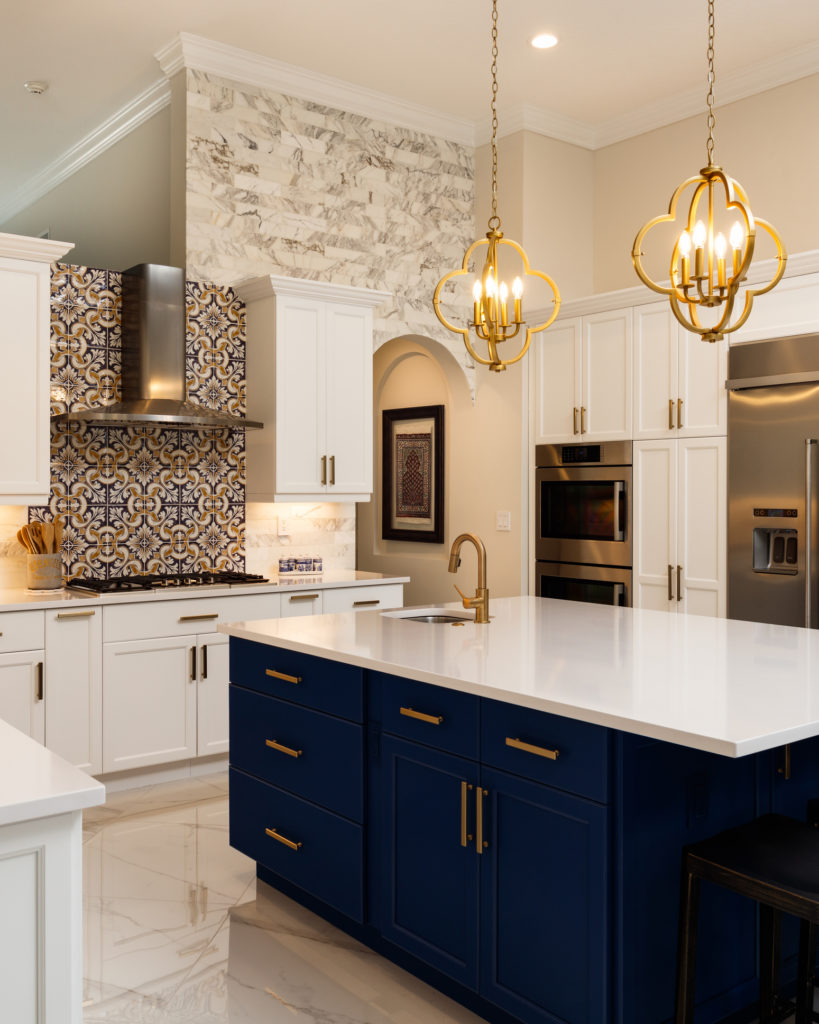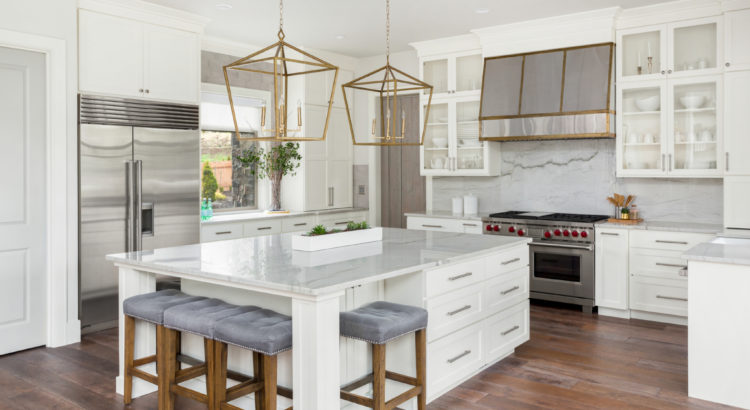Most Realtors know that kitchens not only sell houses, buyers pay more for homes with upgraded kitchens. But what upgrades and trends will capture their eyes? The 2021 U.S. Houzz Kitchen Trends Study surveyed more than 2,000 homeowners who are in the midst of, planning or recently completed a kitchen renovation. Not surprisingly, they found some new trends emerging from the pandemic:

Surplus storage. Stocking up on paper towels, canned goods and bottled water has left many homeowners in search of more storage, either by upgrading pantry cabinets (46% of respondents) or adding a walk-in pantry (13% of respondents). “Storage has really come into focus as people have spent more time at home during the pandemic,” said Liza Hausman, Houzz vice president of Industry Marketing, in the report. “We’re seeing an increase in the amount of cabinetry added in renovations, and more homeowners are reaching out to professionals on Houzz for help making their kitchens work better, most often within the same layout and square footage.”
Built-in organization. Blame tidying guru Marie Kondo and the home organization duo behind The Home Edit, but home organization has become both a necessity and in an uncertain world, a comfort of sorts. High on the list are built-in specialty organizers, drawers and trays. The most popular organizers are for cookie sheets and spices (48% and 39%, respectively), while the most common specialty drawers are pullout waste or recycling drawers (60%). More than a third of kitchen renovations include specialty shelving trays, such as Lazy Susans, and pullout or swing-out trays (38% and 34% respectively), making deep or hard-to-reach spaces more accessible.
Not-so-open. The number of renovating homeowners creating an open-concept floor plan by opening up their kitchen to other interior spaces has dropped dramatically since 2019 (43% in 2021 versus 53% in 2019). However, homeowners said they still want kitchens that open up to the great outdoors, consistent with an increased demand for outdoor living.
Island appliances. Nearly two-thirds of renovated kitchens feature an island (63%) and more than half of those newly added or upgraded islands feature a new appliance (55%), up three percentage points from the previous year. Among these islands, more than a third include a dishwasher and/or microwave (34% and 33%, respectively).

Pops of color. Maybe it’s lockdown boredom, but homeowners are going for more colorful looks, including multicolored backsplashes (18%) blue walls (7%) and grey flooring (14%). But the majority are adding pops of color on their island cabinetry. “Forty-one percent of renovators differentiate their island cabinet color from the colors in the rest of the kitchen,” the study said. “Blue and gray are the top choices for nearly half of homeowners with contrasting island cabinets, while only 13% choose these colors for their man wall cabinetry.”


